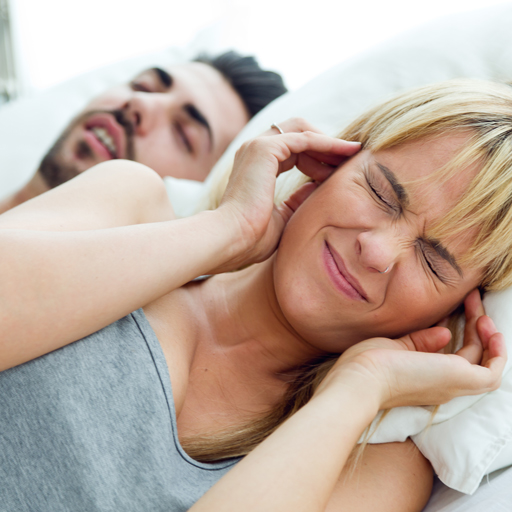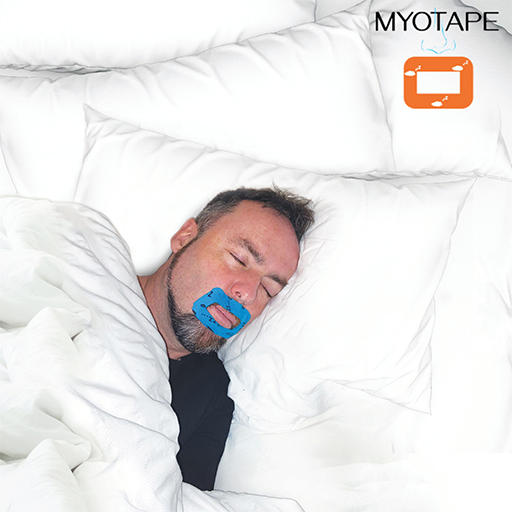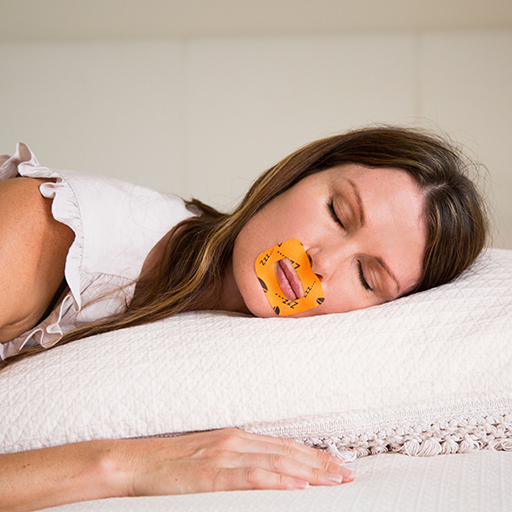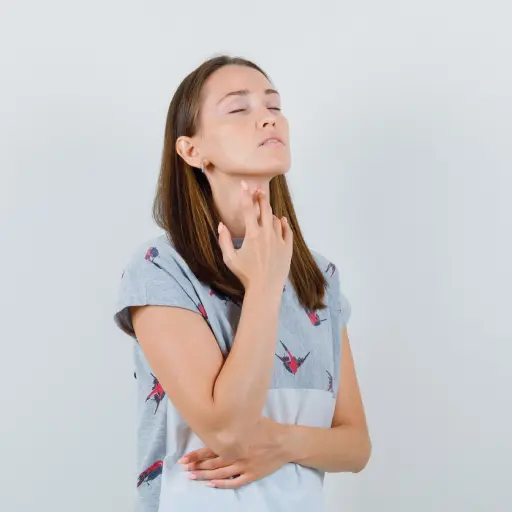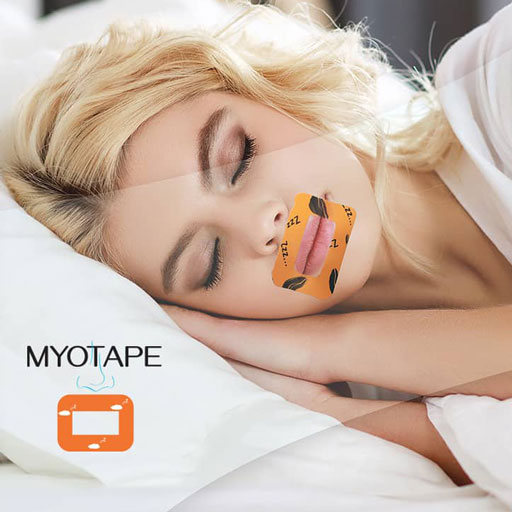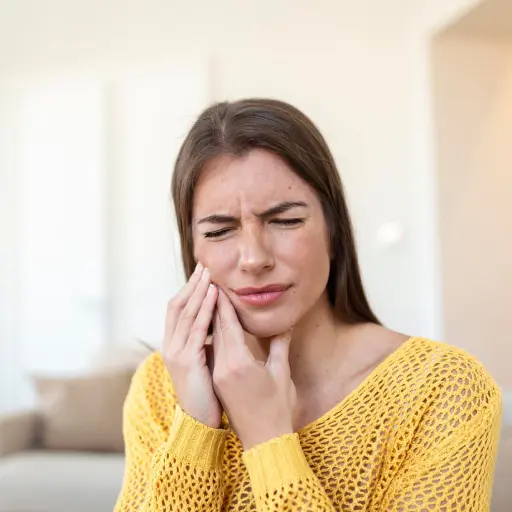Further Reading
Morais-Almeida, M., Wandalsen, G. F., & Solé, D. (2019). Growth and mouth breathers. Journal of Pediatrics/ Jornal de Pediatria (Brazil), 95 Suppl 1, 66–71. https://pubmed.ncbi.nlm.nih.gov/30611649/
Cooper, S., Oborne, J., Harrison, T., & Tattersfield, A. (2009). Effect of mouth taping at night on asthma control—A randomised single-blind crossover study. Respiratory Medicine, 103(6), 813–819. https://pubmed.ncbi.nlm.nih.gov/19285849/
Jung, J.-Y., & Kang, C.-K. (2021). Investigation on the effect of oral breathing on cognitive activity using functional brain imaging. Healthcare (Basel, Switzerland), 9(6), 645. https://pubmed.ncbi.nlm.nih.gov/34072444/
Smith, S. M., & Zirwas, M. J. (2015). Nonallergic reactions to medical tapes. Dermatitis: Contact, Atopic, Occupational, Drug, 26(1), 38–43. https://pubmed.ncbi.nlm.nih.gov/25581669/
Sano, M., Sano, S., Oka, N., Yoshino, K., & Kato, T. (2013). Increased oxygen load in the prefrontal cortex from mouth breathing: A vector-based near-infrared spectroscopy study. Neuroreport, 24(17), 935–940. https://pubmed.ncbi.nlm.nih.gov/24169579/
Noss, M. J., Ciesla, R., & Shanga, G. (2019). Sleep quality and congestion with Breathe Right nasal strips: Two randomized controlled trials. Advances in Therapy, 36(8), 1975–1985. https://pubmed.ncbi.nlm.nih.gov/31209698/
Ravesloot, M. J., van Maanen, J. P., Dun, L., & de Vries, N. (2013). The undervalued potential of positional therapy in position-dependent snoring and obstructive sleep apnea: A review of the literature. Sleep & breathing, 17(1), 39–49. https://pubmed.ncbi.nlm.nih.gov/22441662/
A.D.A.M. Medical Encyclopedia. (2021, June 3). Asthma. MedlinePlus., Retrieved August 17, 2021, from https://medlineplus.gov/ency/article/000141.htm
Bicak, D. A. (2018). A current approach to halitosis and oral malodor—A mini review. The Open Dentistry Journal, 12, 322–330. https://pubmed.ncbi.nlm.nih.gov/29760825/
Eifan, A. O., & Durham, S. R. (2016). Pathogenesis of rhinitis. Clinical and Experimental Allergy: Journal of the British Society for Allergy and Clinical Immunology, 46(9), 1139–1151. https://pubmed.ncbi.nlm.nih.gov/27434218/
Tungare, S., Zafar, N., & Paranjpe, A. G. (2021). Halitosis. In StatPearls. StatPearls Publishing. https://pubmed.ncbi.nlm.nih.gov/30521280/
National Center for Chronic Disease Prevention and Health Promotion, Division of Population Health. (2016, July 15). Tips for better sleep. Centers for Disease Control and Prevention., Retrieved August 17, 2021, from https://www.cdc.gov/sleep/about_sleep/sleep_hygiene.html

